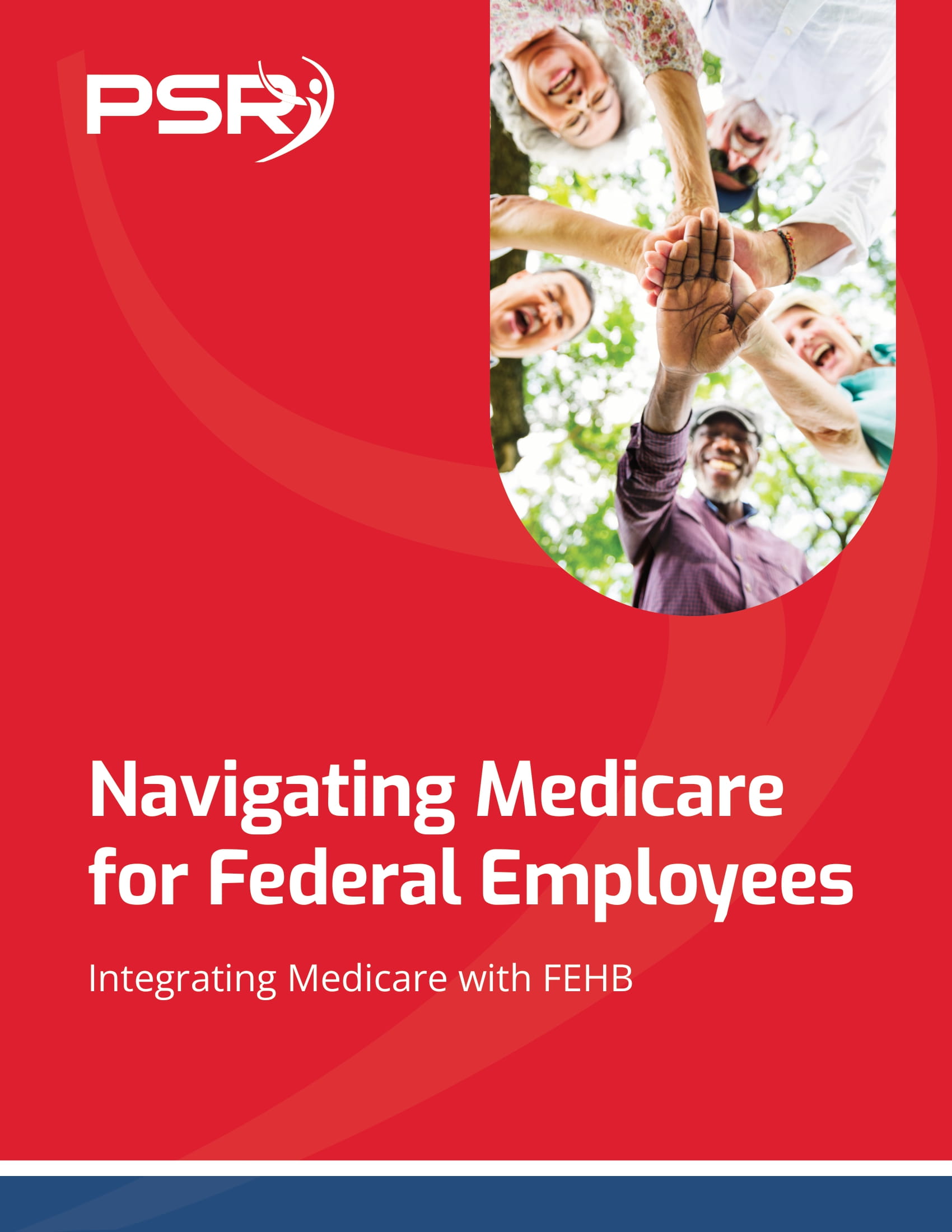Key Takeaways
- Survivor benefits in federal retirement plans provide financial security for your loved ones.
- Understanding the different types of survivor benefits can help you make informed decisions about your retirement plan.
What Survivor Benefits Are Included in Federal Retirement Plans? Check it Out
Federal retirement plans include various survivor benefits to ensure that the families of deceased federal employees or retirees are financially protected. These benefits, which are available under both the Federal Employees Retirement System (FERS) and the Civil Service Retirement System (CSRS), provide critical support for surviving spouses, children, and other designated beneficiaries. This guide will explore the survivor benefits included in federal retirement plans, covering key aspects such as health insurance continuation, beneficiary designation, and annuity calculations.
Understanding the Basics of Survivor Benefits
- Also Read: Divorce and Your Federal Pension—What Happens When You Split Assets and How It Could Affect Your TSP
- Also Read: What Happens to Your Federal Benefits After Divorce? Here’s the Lowdown
- Also Read: The Best FEHB Plans for 2025: Which One Fits Your Lifestyle and Budget the Best?
Survivor benefits are designed to provide ongoing financial support to the family members of federal employees or retirees after their death. These benefits can include continued annuity payments, health insurance coverage, and lump-sum payments. The specific benefits available depend on the retirement system (FERS or CSRS) and the choices made by the employee or retiree regarding survivor annuities and beneficiary designations.
Survivor Benefits in the Federal Employees Retirement System (FERS)
FERS provides several types of survivor benefits to ensure that the families of deceased employees or retirees are supported. These benefits include:
1. Survivor Annuities for Spouses:
Under FERS, surviving spouses can receive a survivor annuity, which is a portion of the retiree’s pension. There are two main types of spousal survivor annuities:
- Full Survivor Annuity: This provides 50% of the retiree’s annuity to the surviving spouse. The retiree’s annuity is reduced by 10% to fund this benefit.
- Partial Survivor Annuity: This provides 25% of the retiree’s annuity to the surviving spouse. The retiree’s annuity is reduced by 5% to fund this benefit.
2. Children’s Benefits:
Surviving children of a deceased federal employee or retiree may be eligible for monthly benefits if they are unmarried and under the age of 18, or under the age of 22 if they are full-time students. Benefits may also be available for children who are disabled and became disabled before the age of 18.
3. Basic Employee Death Benefit:
If a FERS employee dies while still employed with at least 18 months of creditable federal service, the surviving spouse may be eligible for a Basic Employee Death Benefit. This benefit consists of a lump-sum payment equal to 50% of the employee’s final salary (or high-3 average salary, if higher) plus an additional amount adjusted annually for inflation.
Survivor Benefits in the Civil Service Retirement System (CSRS)
CSRS also provides survivor benefits, though the details differ slightly from those under FERS. Key survivor benefits under CSRS include:
1. Survivor Annuities for Spouses:
Surviving spouses of CSRS retirees can receive a survivor annuity. The retiree can elect to provide the surviving spouse with either:
- Full Survivor Annuity: This provides 55% of the retiree’s annuity to the surviving spouse. The retiree’s annuity is reduced to fund this benefit.
- Partial Survivor Annuity: This provides a lesser amount, based on the retiree’s election and the corresponding reduction in the retiree’s annuity.
2. Children’s Benefits:
Similar to FERS, CSRS provides monthly benefits to surviving children who are unmarried and under the age of 18, or under the age of 22 if they are full-time students. Benefits are also available for disabled children who became disabled before the age of 18.
Health Insurance Continuation for Survivors
Survivors who are eligible for survivor annuities may also continue their health insurance coverage under the Federal Employees Health Benefits (FEHB) Program. This continuation is vital for ensuring that surviving family members maintain access to healthcare services.
1. FEHB Coverage for Surviving Spouses:
Surviving spouses who receive a survivor annuity can continue their FEHB coverage. They will pay the same premiums as active employees, with the government continuing to cover a significant portion of the cost. This helps ensure that health insurance remains affordable even after the death of the federal employee or retiree.
2. FEHB Coverage for Surviving Children:
Surviving children who are eligible for monthly survivor benefits can also continue their FEHB coverage under the same conditions. This coverage can be crucial for providing ongoing healthcare services to dependent children.
How to Designate and Update Beneficiaries
Properly designating and updating beneficiaries is essential for ensuring that survivor benefits are distributed according to your wishes. Federal employees and retirees should regularly review and update their beneficiary designations to reflect changes in their family or personal circumstances.
1. Designation Forms:
To designate beneficiaries, federal employees and retirees must complete specific forms:
- Standard Form 2808: For CSRS employees and retirees to designate beneficiaries for lump-sum benefits.
- Standard Form 3102: For FERS employees and retirees to designate beneficiaries for lump-sum benefits.
These forms should be submitted to your agency’s human resources office or the Office of Personnel Management (OPM).
2. Regular Updates:
It’s important to update beneficiary designations whenever there are significant life changes, such as marriage, divorce, birth of a child, or the death of a previously designated beneficiary. Keeping these designations current ensures that your benefits are distributed as intended.
Calculating Survivor Annuities
Calculating survivor annuities involves understanding the formulas used to determine the benefit amounts. For both FERS and CSRS, the calculations are based on the retiree’s annuity and the elected survivor benefit percentage.
1. FERS Survivor Annuity Calculation:
For a full survivor annuity (50%), the calculation is straightforward:
Survivor Annuity=Retiree’s Annual Annuity×50%
For a partial survivor annuity (25%), the calculation is:
Survivor Annuity=Retiree’s Annual Annuity×25%
2. CSRS Survivor Annuity Calculation:
For a full survivor annuity (55%), the calculation is:
Survivor Annuity=Retiree’s Annual Annuity×55%
For a partial survivor annuity, the retiree can choose a specific amount, which will reduce their annuity accordingly.
Planning for Survivor Benefits: Key Considerations
When planning for survivor benefits, federal employees and retirees should consider several key factors to ensure their loved ones are adequately protected.
1. Electing Survivor Benefits:
Carefully consider the level of survivor benefits to elect. While providing a higher survivor annuity offers more financial security to your spouse, it also reduces your retirement annuity. Balance your current financial needs with the future needs of your survivors.
2. Communication with Family:
Discuss your retirement and survivor benefit plans with your family. Make sure your spouse and other beneficiaries understand the benefits they are entitled to and the steps they need to take to claim them.
3. Legal and Financial Advice:
Consulting with a financial advisor or attorney can help you make informed decisions about your survivor benefits. Professional advice can ensure that your plans align with your overall financial and estate planning goals.
Conclusion
Survivor benefits in federal retirement plans provide crucial financial support for the families of deceased federal employees and retirees. Understanding the different types of survivor benefits under FERS and CSRS, including health insurance continuation and annuity calculations, can help you make informed decisions to protect your loved ones. Regularly updating beneficiary designations and carefully planning your elections are essential steps in ensuring that your survivors receive the benefits they are entitled to.













